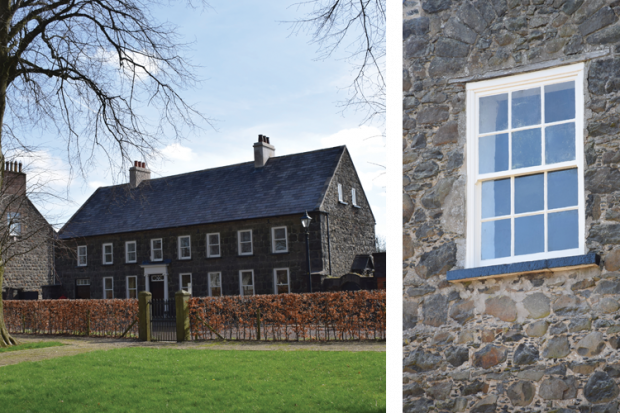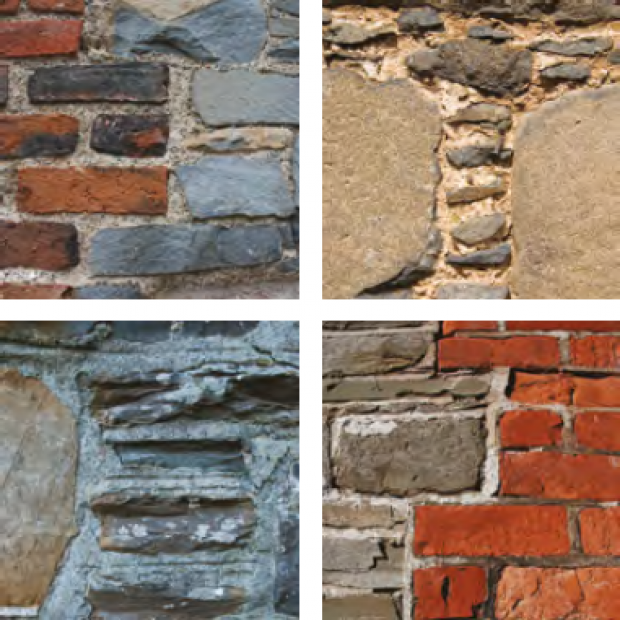
Pointing and Renders
Most of our remaining historic buildings, constructed before the discovery of Portland cement in the middle of the nineteenth century, used mortars bound together with lime and if rendered, lime render. Those built after these times were still constructed with mortar, where the binder was mainly comprised of lime. These mortars are flexible and allow buildings to breathe and move slightly without cracking. When cement based mortars are used in repairs they are less flexible and prevent the natural evaporation of moisture through the mortar joints.
This can cause dampness and also force the moisture to pass through the bricks or stonework resulting in unsightly salts being deposited on the face of your building and fracturing of the wall face.
If mortar has to be replaced, every effort must be made to match the original mortar in content and appearance. If necessary this can be achieved by chemical analysis.
Suitably graded sand and aggregate of a matching colour should be obtainable locally, with lime now widely available. Harling, the local name for traditional roughcast, has a soft rounded appearance not only because of the coats of lime wash applied over the years, but because river gravel was often used as aggregate.

‘Strap’ pointing and ‘recessed’ pointing are to be avoided. Joints should be raked out to three times the depth of the joint, the bed wetted, and the mortar rammed home in three layers; otherwise the new mortar will not adhere properly and may fall out after a short time.
Re-rendering with a cement based render or redecorating with a waterproof coating in an attempt to stop water penetration is likely to have harmful consequences with water instead being trapped within the wall.
Guidance on Masonry Walls
- Technical Note: Repointing stone and brick
- Technical Note: Masonry walls
- Technical Note: External wall finishes
- Technical Note: Paint
Further Information
For additional technical guidance please visit the Historic Environment Toolkit.

